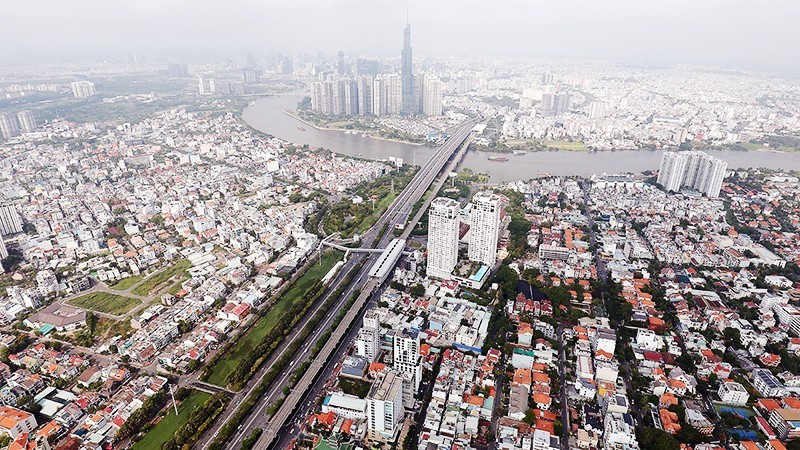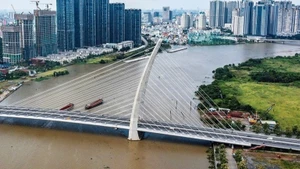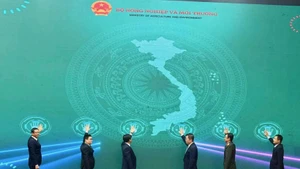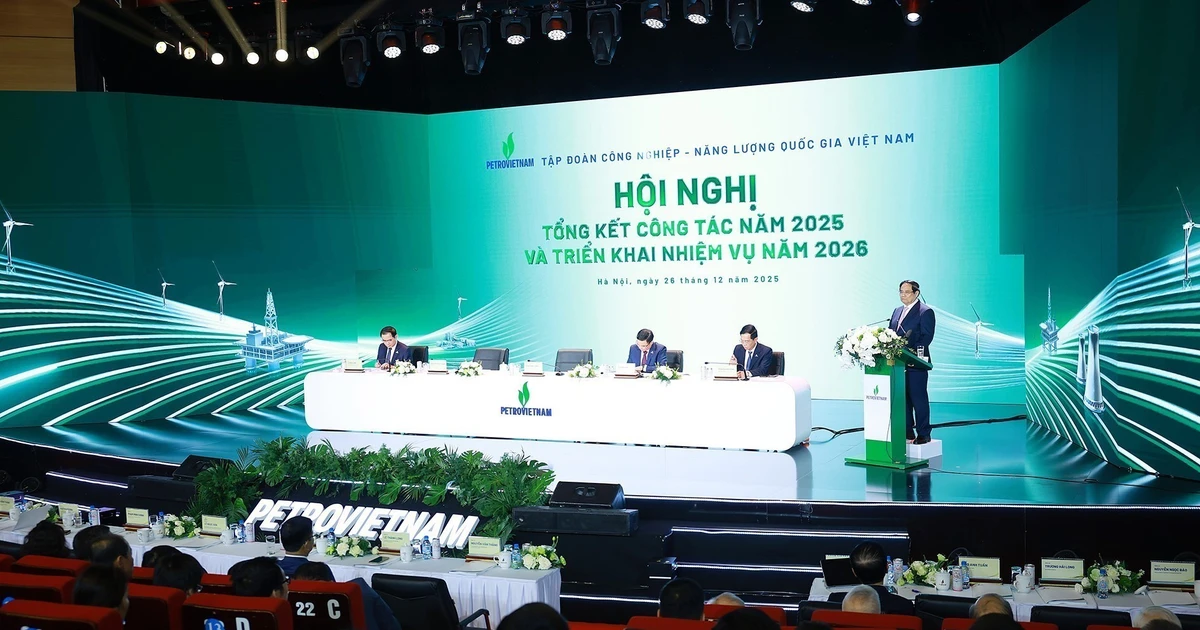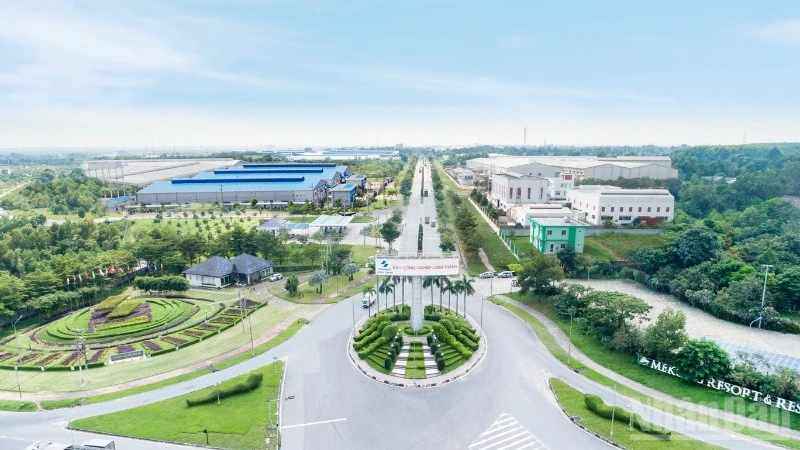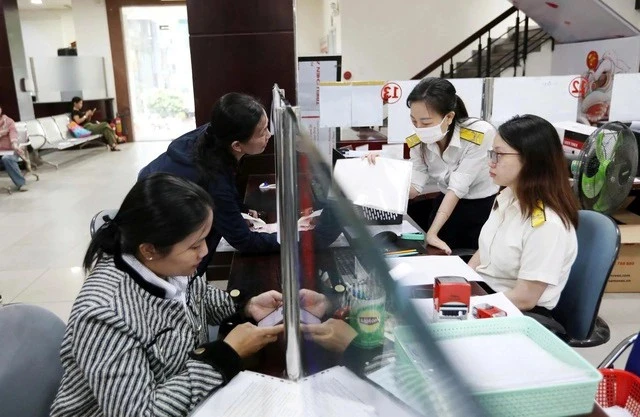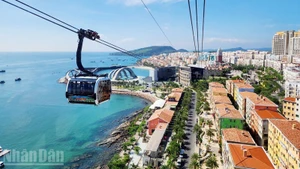27 metro lines to take shape
Currently, Ho Chi Minh City is urgently reviewing its entire metro planning based on the new post-merger model, including the reassessment of station and depot locations, underground spatial planning, and the orientation towards Transit-Oriented Development (TOD).
According to the current plan, Ho Chi Minh City will have 27 metro lines with a total length of around 940 km. Of these, seven metro lines, covering approximately 355 km, are being simultaneously implemented under National Assembly Resolution 188, with expected completion by 2035.
Notably, two key lines, including the Thu Thiem – Long Thanh and the metro line connecting the city centre to Can Gio District, are being pushed forward, with authorities seeking private sector funding.
The total investment needed for the nine metro and urban railway lines is currently estimated at over 1.2 quadrillion VND (roughly 46 billion USD). Among these, the Thu Thiem – Long Thanh line is expected to become the “spinal axis” linking the two major airports: Tan Son Nhat and Long Thanh. Meanwhile, the metro line connecting the city centre to Can Gio District will support Ho Chi Minh City’s development into a “marine-oriented mega-city,” aligning with the future Can Gio coastal urban expansion project.
At present, Metro Line 1 (Ben Thanh – Suoi Tien) has been operational for over six months, having recorded more than 10 million passenger journeys, far exceeding initial expectations. Building on this success, Metro Line 2 (Ben Thanh – Tham Luong) is currently undergoing final procedures, with groundbreaking anticipated by the end of 2025.
Regarding preparations for the seven metro lines under Resolution 188, Phan Cong Bang, Head of the Ho Chi Minh City’s Management Authority for Urban Railways (MAUR), stated that consultant selection for the feasibility study and front-end engineering design (FEED) is expected in 2026. In 2027, the feasibility study and FEED will be submitted for appraisal and approval, followed by contractor selection.
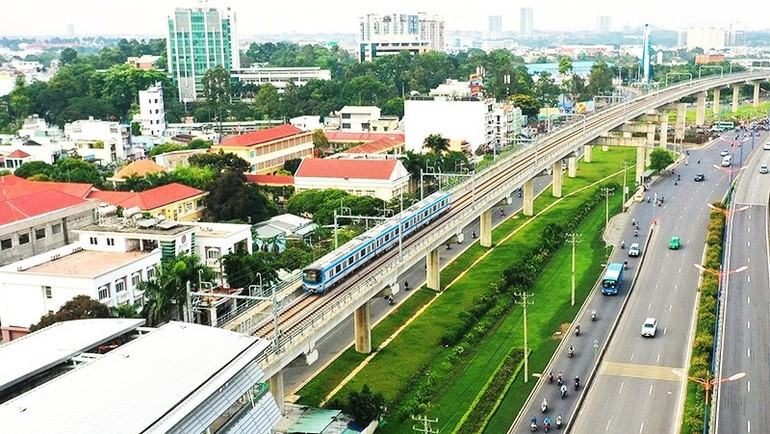
New mechanisms pave the way for breakthroughs
Commenting on the metro network planning, Associate Professor Dr Nguyen Ba Hoang, former Acting Rector of the University of Transport in Ho Chi Minh City, remarked that a 1,000 km metro network is an impressive milestone in the development of a modern and inter-connected public transport system, spurring the overall growth of the southern key economic region.
“Thanks to special mechanisms, particularly those from Resolutions 98 and 188, Ho Chi Minh City can mobilise capital from various sources. These new policies will enable rapid metro development in line with the proposed timeline,” Dr Hoang affirmed.
Doctor and architect Ngo Viet Nam Son added that with such an ambitious metro system and special policy mechanisms, Ho Chi Minh City could lay the groundwork for developing a domestic metro industry. This would allow Viet Nam to master technologies involved in producing equipment, construction, assembly, and operation of metro lines. Importantly, the special mechanisms provided by Resolutions 98 and 188 will apply to the entire expanded region. As a result, the city can bypass the step of establishing investment intentions and proceed directly to project development once funding is available.
In terms of TOD-oriented urban development, Dr Son suggested that TOD and metro planning should be conducted simultaneously, leveraging new land banks instead of following existing residential corridors, which involve high land clearance costs. In essence, the metro system will serve as the “heart” of Ho Chi Minh City’s breakthrough urban infrastructure development in the post-merger era.
The Ho Chi Minh City Department of Construction stated that the city will mobilise funding from multiple sources, including local budgets, land development, credit sources, bonds, central government support, and public-private partnerships. Based on this, proposals will be made to adjust Ho Chi Minh City’s planning for the 2021–2030 period with a vision to 2050, the city’s master plan to 2040 with a vision to 2060, and other relevant technical infrastructure sub-plans, including underground spatial planning.
Thaco Group Joint Stock Company has recently proposed to the Ho Chi Minh City People’s Committee permission to study investments in Metro Line 2 (Tham Luong – Ben Thanh and Ben Thanh – Thu Thiem) and the Thu Thiem – Long Thanh railway. If integrated, the combined Ben Thanh – Thu Thiem – Long Thanh Airport line would have a total length of nearly 48 km, with a projected investment of about 4.8 billion USD.
